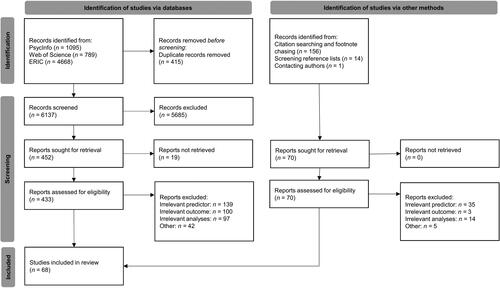Figures & data
Figure 1. Heuristic framework on the role of teachers’ emotion regulation in the quality of teacher-student interactions and student outcomes with teacher emotions and burnout as the central mediating pathways (also see Frenzel et al., Citation2021; Jennings & Greenberg, Citation2009). The top part illustrates the integrative view of emotion regulation underlying this review and the conceptual overlap between emotion regulation in the tradition of Gross, emotional labor, coping, and emotion regulation as part of emotional intelligence. Components of the framework that this review focused on are black-rimmed; parts that were not of primary interest are shaded. 1Typically mentioned in the emotion regulation literature in the tradition of Gross, but not as a coping strategy; 2Typically mentioned as a coping strategy, but not assessed in the emotion regulation literature.
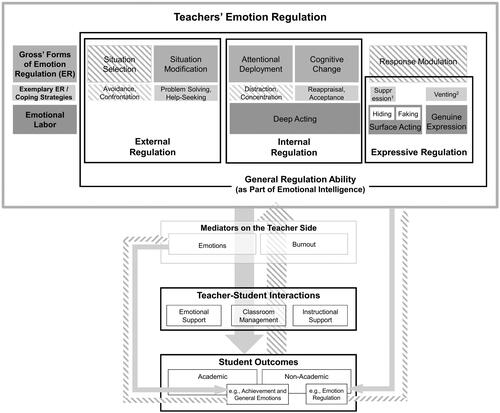
Figure 2. Assessment of teachers’ emotion regulation across lines of research. Exemplary instructions and items are taken from the tools that are printed in bold.
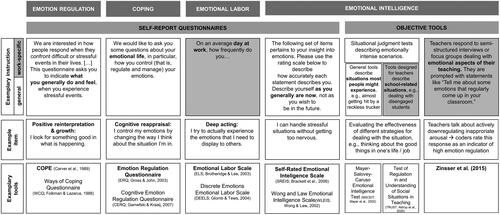
Table 1. Characteristics of the included studies depending on the line of research and the type of emotion regulation.
Figure 4. Relations between teachers’ external emotion regulation strategies and teaching effectiveness.
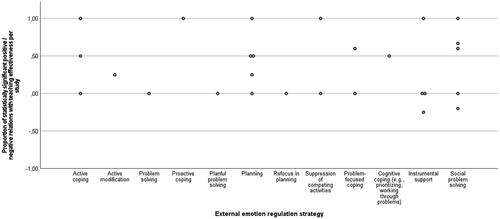
Figure 5. Relations between teachers’ internal emotion regulation strategies and teaching effectiveness.
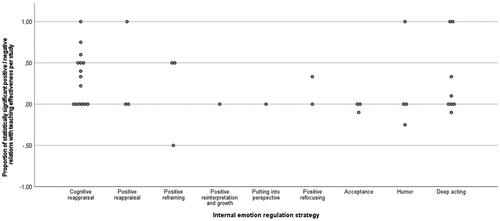
Figure 6. Relations between teachers’ expressive emotion regulation strategies and teaching effectiveness.
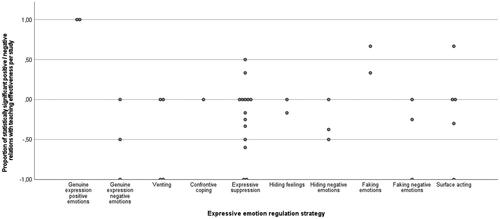
Table 2. Included emotion regulation strategies for each overarching type of regulation and number of studies examining these strategies in combination with each correlate.
Table 3. Proportion of studies finding statistically significant positive and negative relations between teachers’ emotion regulation and the correlates.
Supplemental Material
Download MS Word (2.1 MB)Data availability statement
The data that support the findings of this study are openly available in PsychArchives (http://dx.doi.org/10.23668/psycharchives.13494) along with the PRISMA protocol (https://doi.org/10.23668/psycharchives.5374).

